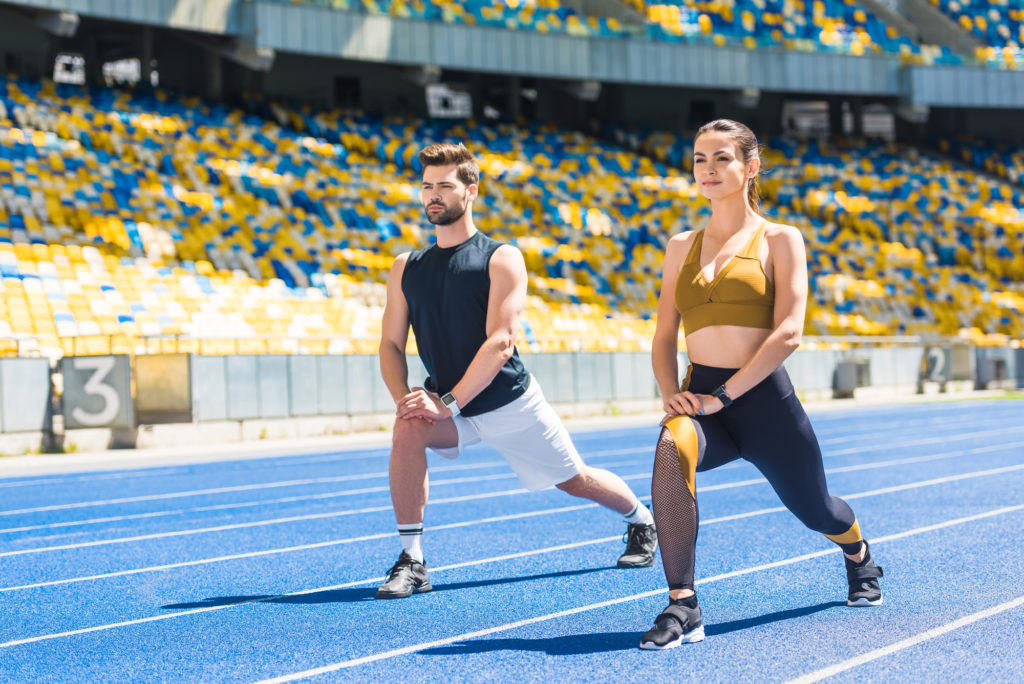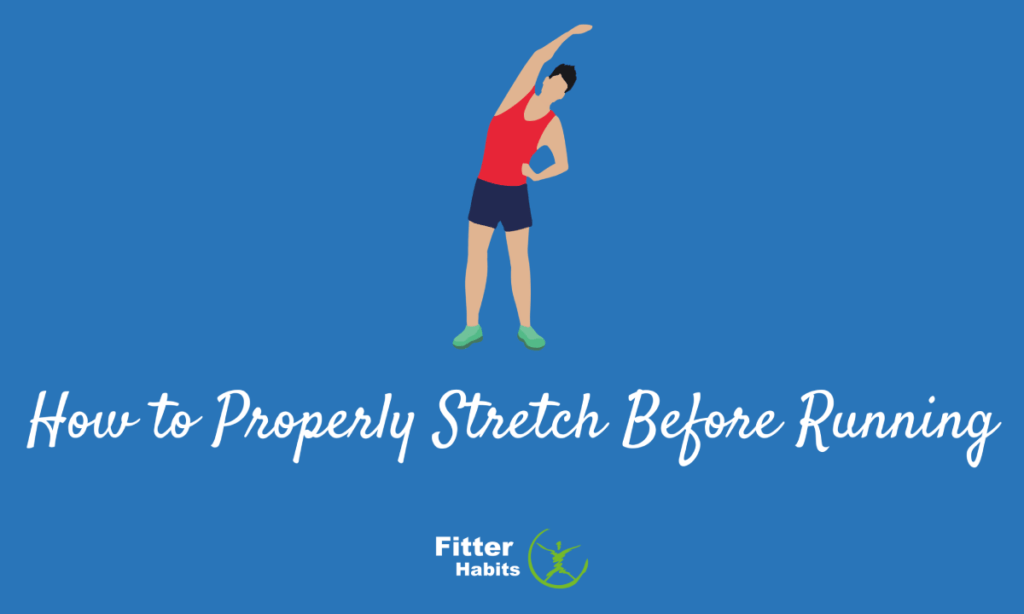Knowing how to properly stretch before running can help you avoid injuries, increase your flexibility, and boost blood flow to your muscles.
If you’re not taking the time to properly stretch before you head out on a run, now is the time to start incorporating some dynamic stretches into your warm-up routine. Taking even a few minutes out of your day to stretch your muscles before embarking on a run of any distance can make a huge difference in your overall performance.
By understanding the undeniable importance of stretching before a run and knowing how to perform some of the best dynamic stretches for runners, you’ll be well on your way to a better pre-run routine!
Contents
The Importance of Stretching Before a Run
Why does stretching before a run matter, anyway? There are countless reasons not to skip out on your pre-run stretches, but a few of them cannot be overstated.
First and foremost, stretching before a run can help to reduce your risk of injury. That’s because stretching helps to increase flexibility and range-of-motion, which means you’ll be less likely to pull a muscle or otherwise hurt yourself during your workout. And if you’re serious about running, the last thing you want is to be sidelined by a muscle injury.
Stretching can also help to improve the circulation of oxygen and blood throughout your body before a workout. This can boost your endurance and stamina, which could mean better performance in the form of a longer distance ran or possibly even a new personal record! Greater circulation can also cut down on muscle soreness that you may otherwise experience after a run.
And if you’re feeling a little stressed out before a run, stretching can even provide some much-needed calming stress relief before you embark on your workout. This is because your muscles can become tense in response to stress; by stretching them out before your run, you can loosen up that tension and clear your mind.
Best Stretches to Prepare for a Run
So, what are some of the best stretches you can perform before a run? Generally, you’ll want to focus on stretches that target the muscle groups you use most while running. This includes your core, leg muscles, and glutes.
Lunges or Reverse Lunges

There are many different styles of lunges, and any of them can be great to incorporate into your pre-run routine. Standard lunges and reverse lunges both involve standing with your feet together and then taking either a step forward or backward with one foot. The key here is to make sure one knee bends to a full 90 degrees while your opposite knee comes as close to the ground as possible.
The purpose of this stretch is to work the quad muscles and hip flexors, both of which are used constantly while you run. Another variation of this stretch to consider is the walking lunge, which is exactly what it sounds like; simply continue your forward lunges in a walking motion, holding for a few seconds with each.
High Knees
If you’re looking for a warm-up stretch that serves a dual purpose of getting your heart pumping before a workout, high knees are another great option for runners. Specifically, this stretch aims to work out and stretch your legs and core muscles.
You can perform a high knees stretch by starting in a basic standing position. From there, quickly lift one knee up as far as you can, aiming to position your knee close to your chin. Repeat with your opposite knee and continue until you’ve reached a jog-in-place motion.
Side Stretches

If you’ve ever experienced a side stitch in the middle of a run, you know just how uncomfortable this can be. Fortunately, you can reduce the risk of developing side stitches by making sure that your core and torso are properly stretched before your workout. Side stretches are a great way to do this!
To perform a side stretch, begin in a standing position and bring both arms over your head. From there, while keeping your core as tight as possible, lean to one side while bending at your waist and hold this position for a few seconds. Then, alternate to the other side.
Calf Raises
You’ll want to spend some dedicated time stretching out your calf muscles, as these muscles put in a lot of work during your running workout. Fortunately, stretching out these muscles before a run is very simple with calf raises.
To perform a calf raise, start by standing with your feet close together (but not touching). Then, slowly rise up onto your tiptoes before gradually lowering back down. You should feel a nice stretch throughout your calves.
This stretch is pretty versatile, so you can stretch both calves at once or do one leg at a time. Try experimenting with both options to see what works best for you!
The Final Word on How to Properly Stretch Before Running
A few minutes of quality stretching can go a long way when it comes to preparing your body for a run. Whether you’ll be going on a quick two-mile jaunt or embarking on a longer journey, these stretches will loosen up tight muscles, protect you from injury, and possibly even enhance your performance!
FAQs About How to Properly Stretch Before Running
How long should you stretch before running?
There is really no specific amount of time that you need to stretch before embarking on a run. The key is taking the time to make sure your core, hips, glutes, and leg muscles are properly loosened up. Typically, however, this can be done in about five to 10 minutes.
How to properly stretch after running?
Stretching after a run can help reduce your body’s recovery time and avoid muscle pain; you can perform the same stretches that you did before your run immediately after for excellent results. This includes calf raises, lunges, side stretches, and the like.



